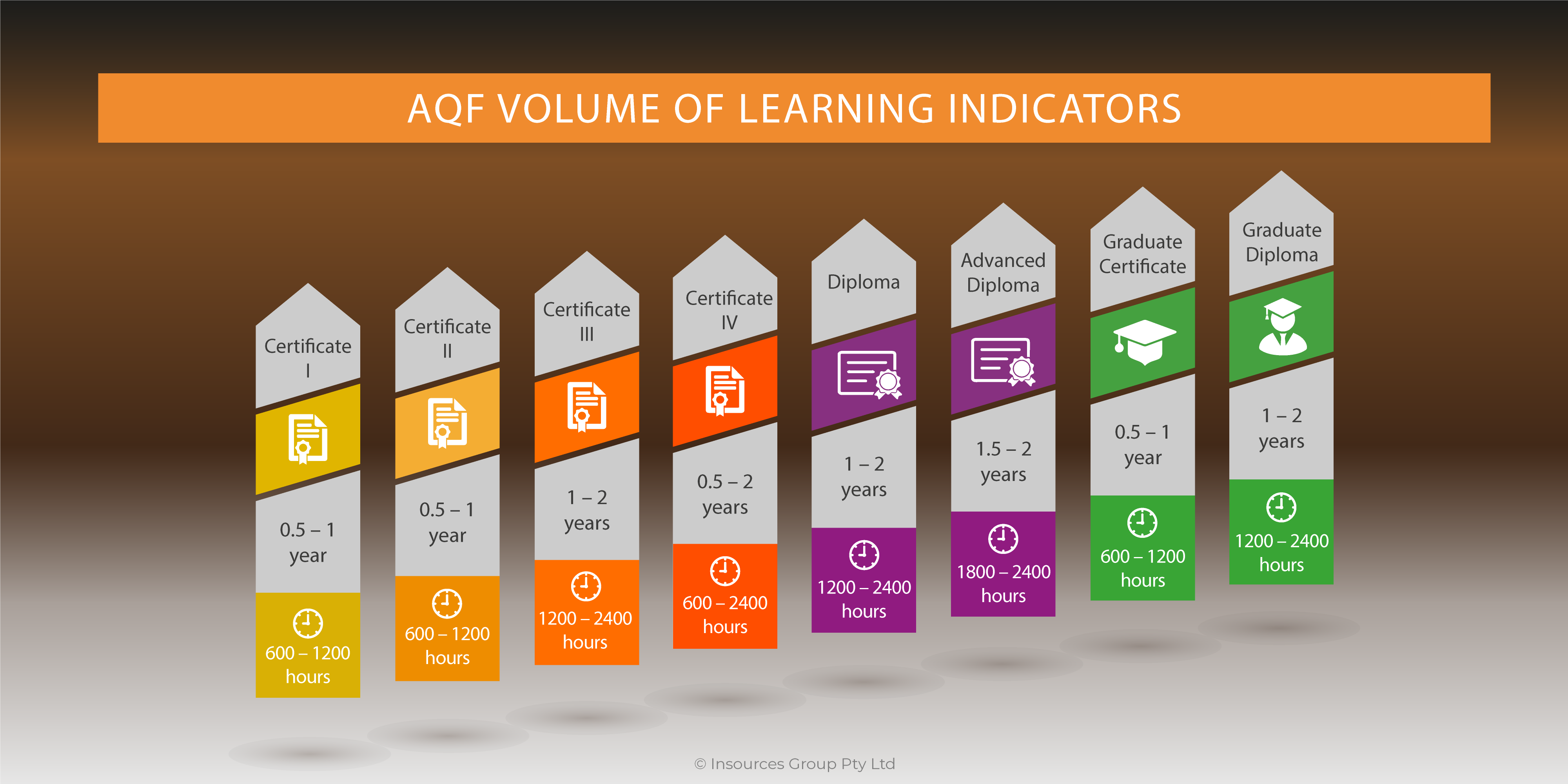 Here are nine principles, in no particular order, to consider when designing and delivering learning.
Here are nine principles, in no particular order, to consider when designing and delivering learning.
Organize learning so it’s easy to understand. You can reduce cognitive load by breaking information down into small, digestible chunks and arranging them into patterns that make sense to the learner. Patterns may be familiar processes, stories, or metaphors that draw on prior knowledge. Always start by giving an overview so learners know how all the smaller chunks fit together.
Plan activities and interactions that aid the construction of mental models. Rehearsal and repetition will get learners’ neurons firing repeatedly so they become sensitized to each other. The more someone engages with knowledge the more they remember it. Design exercises that require learners to actively engage their existing knowledge and integrate it with what they are learning in your class. Plan regular exercises that recap what they’ve learned and give them opportunities to refine it. Questions, team teaching, structured discussion, problem solving, role-plays, and discovery exercises are just a few examples of activities that will help memory consolidation.
Incorporate novelty into your lesson plan. Avoid the routine and add novelty into your planning. I’ve found this to be highly successful. About 10 years ago I was conducting a series of workshops in a community center at Sydney west, we were allocated a dreary old room with very small windows that wasn’t conducive to learning. I took the group out into the park that afternoon. To this day, people in those workshops still quote some of the concepts we discussed with truly amazing clarity. On another occasion, I was asked to run a session on communication for a workgroup that had resisted the notion that communication would help their teamwork. Certain that participants would start yawning before the class even started, I decided to teach them how to dance the salsa and use the steps as an analogy for building communication rapport. The novelty along with the physical activity kept them awake and engaged.
Plan for social learning. The brain is wired for interaction with other people.
When people are together they mirror each other’s behavior, building rapport that supports them in their learning. Plan group activities where learners are learning from each other. Don’t restrict this to face-to-face experiences. Use virtual breakout rooms in webinars so participants can learn through conversation.
Consider physiological needs. Studies show that food, rest, and exercise can affect learning. If it’s in your purview, provide breakfast for participants so everyone starts in a good state.
And make sure that lunch is light and fresh, avoiding heavy foods full of saturated fats that make people sleepy in the afternoon. Plan for healthy snacks for participants to nibble on, rather than bowls of candy.
Schedule regular breaks during training to help learners consolidate their learning. And plan learning exercises that require participants to move around such as pairing people up from other tables.
Plan flexibility into your sessions. Some organisations, including registered training organisations (RTOs) require trainers to follow rigid lesson plans down to the minute. In fact some organisations even give the trainer the script to perform. This may be necessary if you’re doing legal compliance training (where training is used to tick off the box to reduce liability rather than facilitate learning) or trusting the delivery to an inexperienced facilitator. However, it is not brain-centered. For one thing, it assumes everyone has exactly the same knowledge level, which is unrealistic. And it assumes people have come for the same reason or have the same objective. A skilled trainer needs to be able to adjust the delivery to focus on what the learners need. This does not in any way mean a session should be a free-for-all without careful planning. It means you need to build flexibility into your structure so you can respond to specific learner needs: Your learners are your script, not the lesson plan.
Use visual aids to enhance learning. The brain has an incredible ability to remember visual images so you must exploit that as you look for ways to reinforce key learning points. Create posters for walls that are primarily visual rather than word-based. Use images in your slides in place of text (or at least minimize the text). Use videos and animations to help people understand key concepts.
Encourage participants to doodle and draw visuals to explain their ideas.
Structured discussions boost memory consolidation.The more learners engage with a topic the more they consolidate their memory and expand the mental model. Discussion is a
powerful way of consolidating key knowledge. Rather than force learners to sit through boring PowerPoint slides, divide them into small groups and then ask them to explore a series of questions that are structured to lead them to your learning objective.
Create workbooks that reinforce learning. Workbooks offer an opportunity to facilitate repetition. Design participant guides in a way that forces note taking so participants are writing down what they learn. You could have short summaries of a topic followed by key bulleted lists that learners need to add information too. You could also leave space for reflection, but make sure participants have time to write during class




